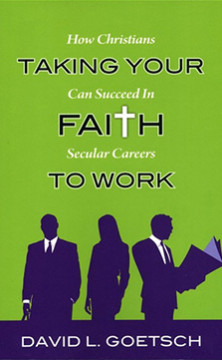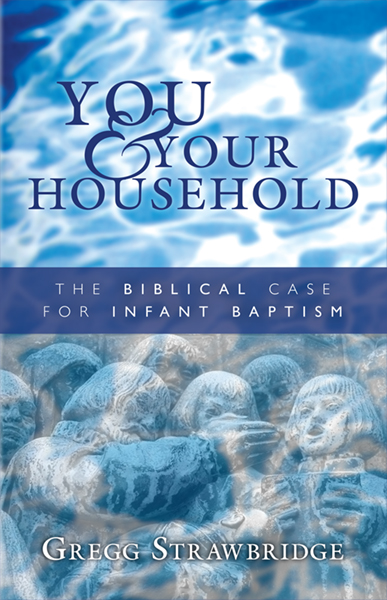American Christians within the Reformed and Evangelical stream are familiar with the phrase “born again.” While the concept has been around for millennia in the church based on Jesus’ conversation with Nicodemus in John 3, the phrase gained prominence during the American Great Awakenings of the 18th and 19th centuries. The call to be born again was the call, not merely to come to faith in Christ (though that was certainly necessary), but rather to have something of a dramatic experience of conversion. This experience was pretty much divorced from the sacraments of the church and, in many ways, replaced them as true religion.
In the mid-to-late 20th century, being “born again” once again became a catchphrase among evangelicals. Billy Graham wrote a book, How To Be Born Again, and called packed stadiums around the world to be born again. Chuck Colson, who served as President Richard Nixon’s special counsel, wrote his memoir, Born Again, concerning his rise and fall in politics and eventual conversion. President Jimmy Carter was known for his profession of being a “born-again Christian,” which he ironically first proclaimed in an interview with Playboy magazine.
(more…)























